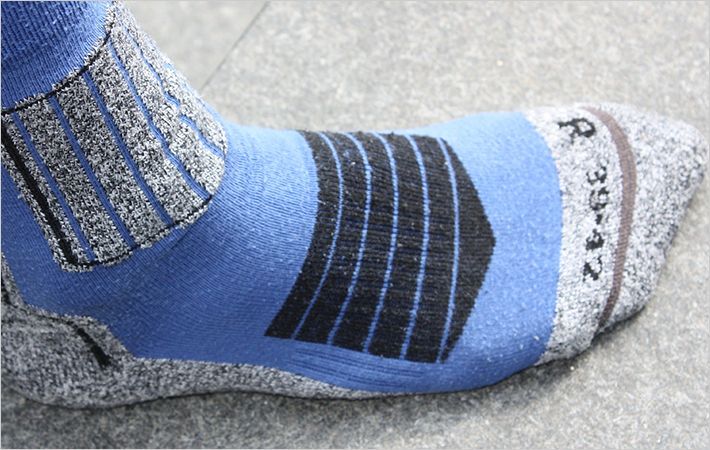Global demand for synthetic fibers is at an all-time high, with more than 80% capacity utilization and a production total of almost 50 million tonnes expected for 2011, following a strong recovery in 2010. Mass variation as well as strength and elongation are the essential quality characteristics for this big business. The USTER® TESTER 5-C800 and TENSORAPID 4-C are the indispensable and specialized testing instruments for filament yarn producers.
Reflecting the filament industry's needs leads to the conclusion that two USTER® testing instruments offer what is necessary to ensure requested quality standards: The USTER® TESTER 5-C800 – part of the renowned USTER® tester family – is tailor-made for this industry and has become a synonym for unevenness measurements. The USTER® TENSORAPID 4-C measures the key quality parameters of force, elongation and tenacity, using software specially designed for filament yarns. Both systems can test a wide range of counts across all the main filament yarn types, including polyester, polyamide, polypropylene, viscose and aramid. Gabriela Peters, Product Manager Yarn within Uster Technologies says: “Our long expertise in this area means we understand that the testing of monofilament or multifilament is not as simple as it looks.” In fact, it can be a complex process, requiring the specialized know-how, hardware and software that is integrated into the USTER® instruments. “We work with filament producers to keep pace with fast-moving changes in manufacturing technology and new demands on yarn characteristics as competition intensifies through the textile sector, including high-volume applications such as polyester for apparel, sport textiles and home textiles,” explains Peters.Global demand for synthetic fibers is at an all-time high, with more than 80% capacity utilization and a production total of almost 50 million tonnes expected for 2011, following a strong recovery in #
The perfect couple
The USTER® TESTER 5-C800, as the name suggests, operates at the unrivaled testing speed of 800 m/min, while a vital technical benefit is its unique method of applying mechanical twist, which guarantees ultimate accuracy and reliability. The system provides a precise analysis of mass variations in the yarn, which can arise from polymer inconsistencies, irregularities in the spinning process and subsequent yarn cooling and winding and drawing operations, or from machine defects. Because of the high speeds in filament yarn production, undetected mass variations can damage thousands of meters of valuable material. These faults can then cause more problems in subsequent processes such as draw-twisting, texturing and dyeing. That is why comprehensive evenness testing is essential to avoid the danger of below-par yarn quality being delivered to the customer.
The perfect partner for the USTER® TESTER 5-C800, is the USTER® TENSORAPID tensile testing system, with the latest USTER® TENSORAPID 4-C model offering a range of important features for filament yarns. Producers need to cope with continuous developments in the synthetic fiber sector, including new yarn types and different application. Recognizing these special requirements, USTER has devised a purpose-designed software package for the USTER® TENSORAPID 4-C. As well as handling the basic measurements of force, elongation and tenacity, the software now provides a number of important additional options. For example, users can select data on the force value at which the first filament breaks, or obtain reference values for strength and elongation. Various modulus values, yield points and natural draw ratio for stress and strain are among other useful data offered. Together, the USTER® TESTER 5-C800 and USTER® TENSORAPID 4-C provide the perfect partnership for progress in the global filament yarn industry.
Growing Importance of Synthetic Fibers
Soaring domestic demand in emerging countries, coupled with continuing high cotton prices, has fueled the synthetics boom, and estimates put annual growth in capacity at 4.5%, reaching a global manufacturing capability of 64 million tonnes by 2014. Polyester is projected to retain its dominant position, with filament yarn capacity set to increase from its 2009 level of 26 million tonnes to a new high of 34 million by 2014.
Experts predict Asian markets will be even more significant over this period, as greater affluence and the rise of the middle classes creates new demand for all types of synthetic textiles, with a particularly strong focus on growth in sophisticated applications and non-apparel end-uses.

